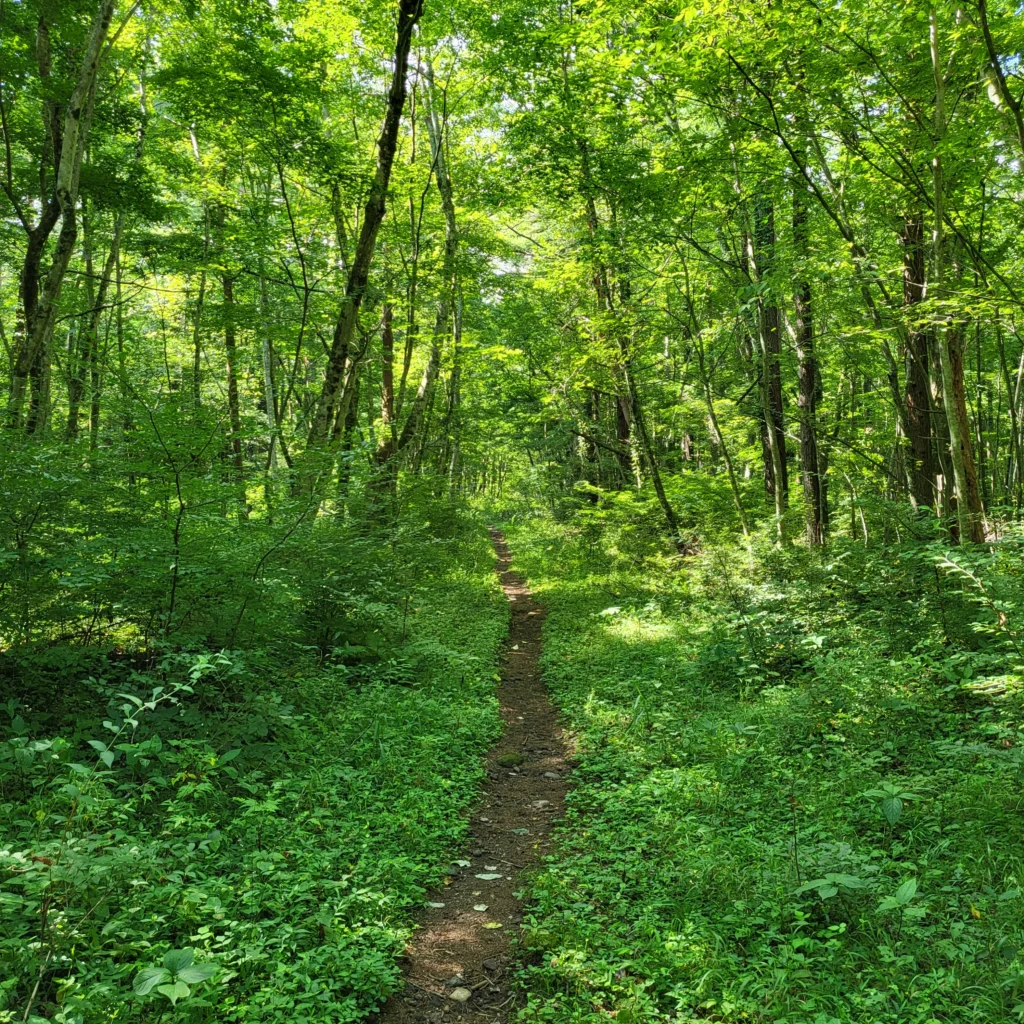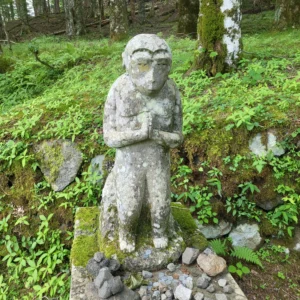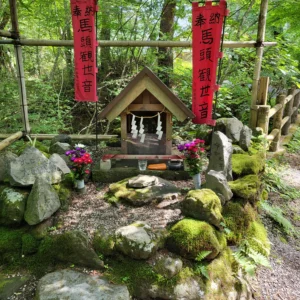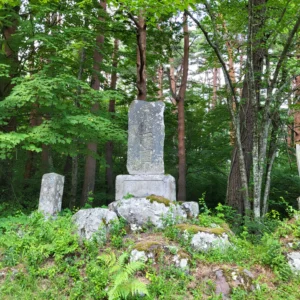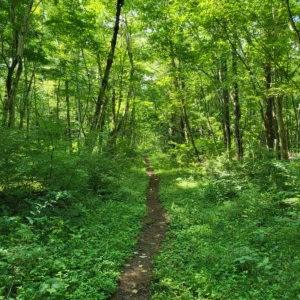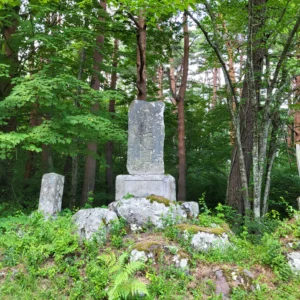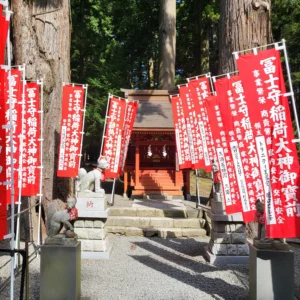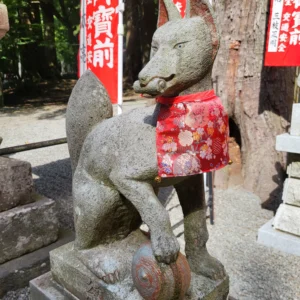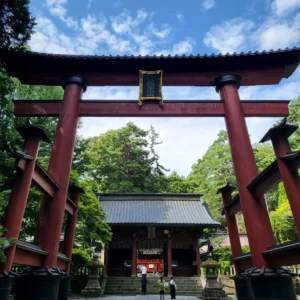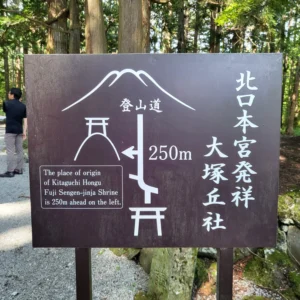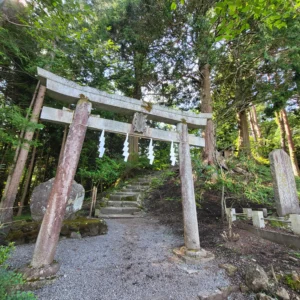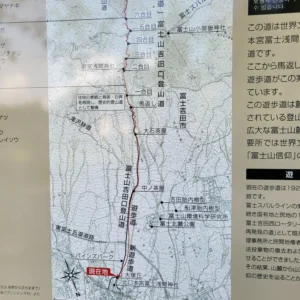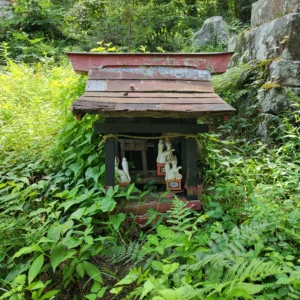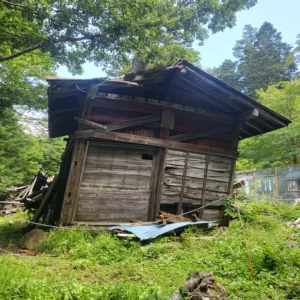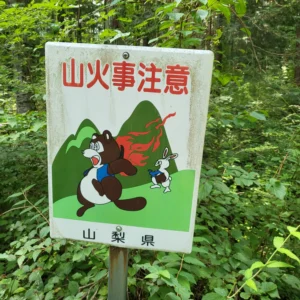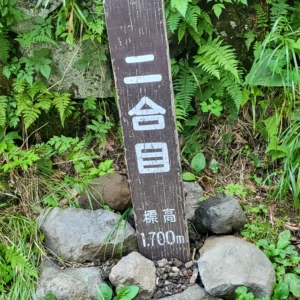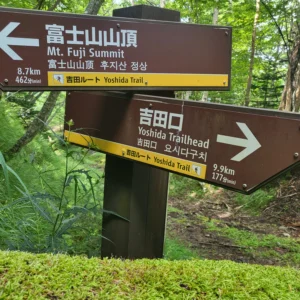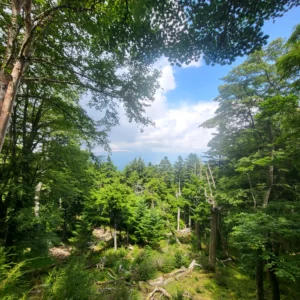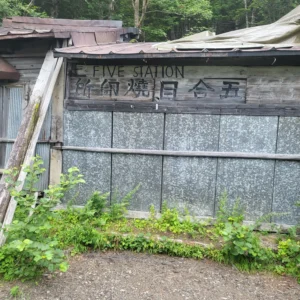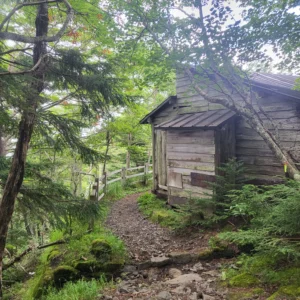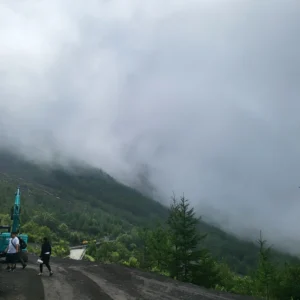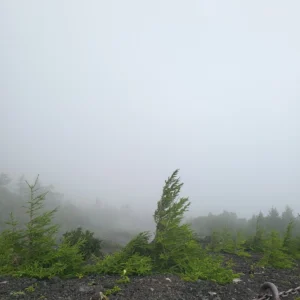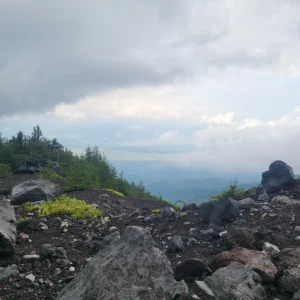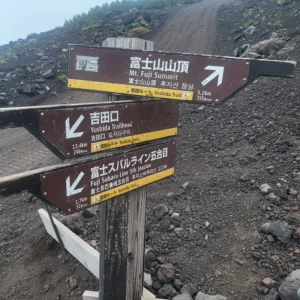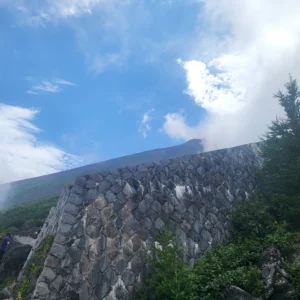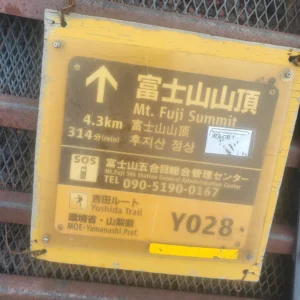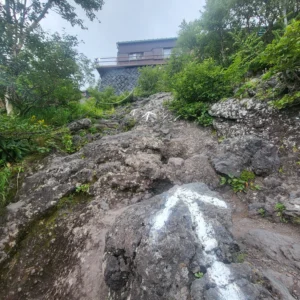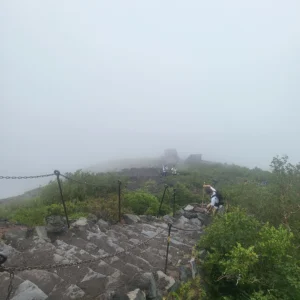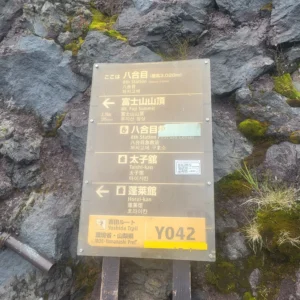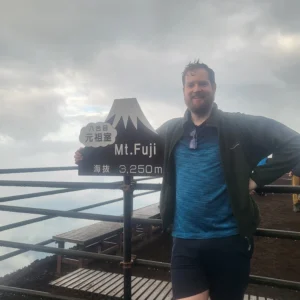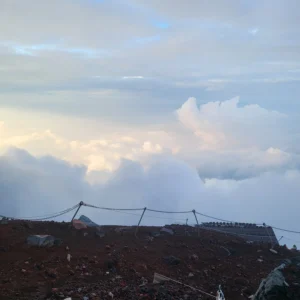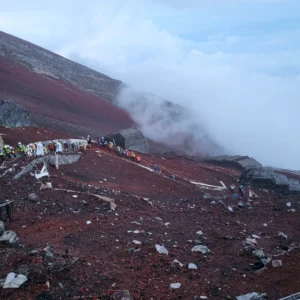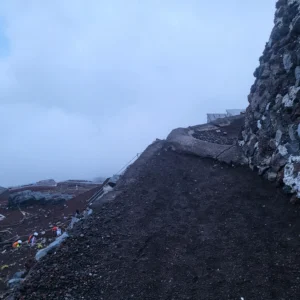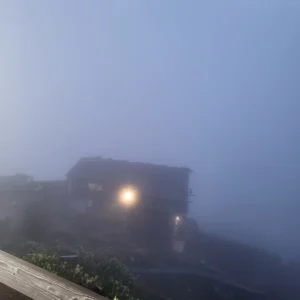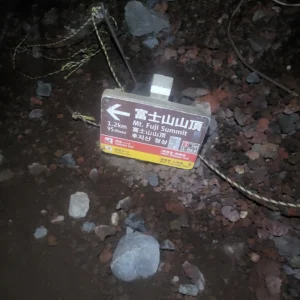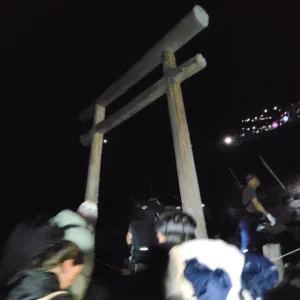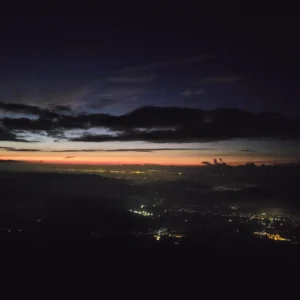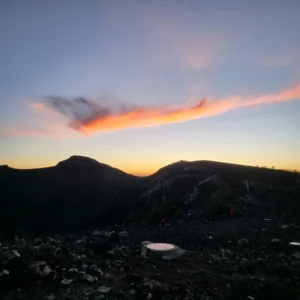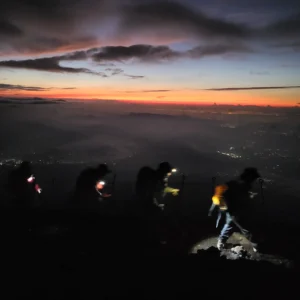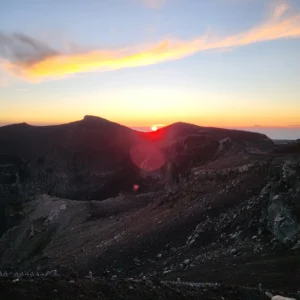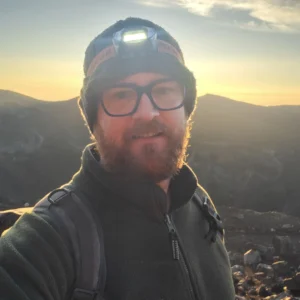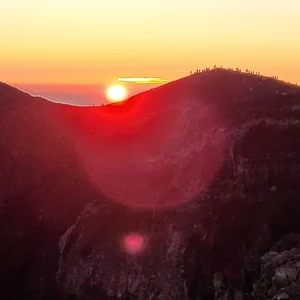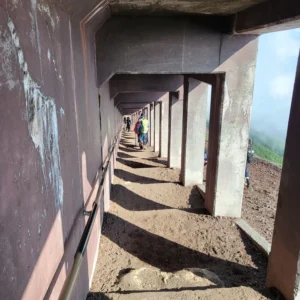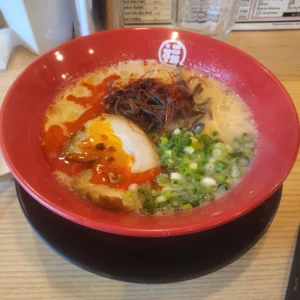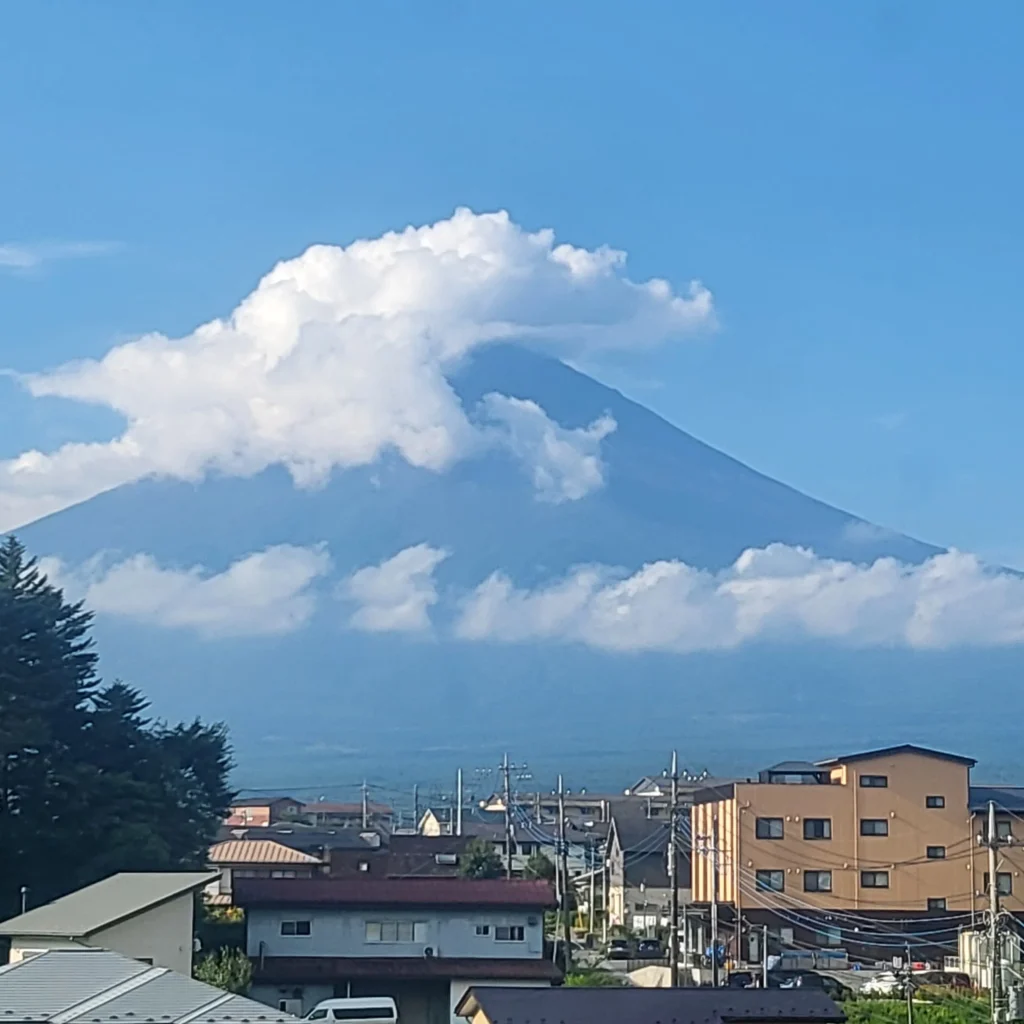
Before I start, I want to point out that the picture of Mt Fuji I took, sadly does not convey across the concept how large it is. How high it stretches up into the sky. The fact that there are times it’ll dwarf the clouds that slowly wander by. It really is a beauty to behold and should be seen in person.
Why?
Who remembers being a child, looking at the multileveled playground, and thinking “I want to be on the very top of that thing!”. Not at the top level, but on the very top at the highest peak shouting “HEY MUM!”. This train of thought has never really left my brain. I see the perfect mountain in the distance, I want to climb it. I want to be on the very top of that thing.
The drive to start climbing Mt Fuji started at the end of 2022, when I watch a video by Chris Broad ( Climbing Mount Fuji | 8 Hours of Hell by Abroad in Japan). My instant thought was “I want to be on the very top of that thing!”. From there, I spent ages researching how to climb Mt Fuji, the different trails, what gear to take, what I should look out for etc. The rabbit hole was deep.
I was now kinda ready to be on the very top of that thing.
Would you recommend climbing?
If you are like me, and you look at something and say “I want to be on the very top of that thing”, then YES. Climbing Mt Fuji was an extremely enjoyable experience for me, and I got to see many different habitats of the natural world in Japan. From the dense greenery surround the base of Mt Fuji, to the rockie volcanic rock of it’s top.
If you look at a bunch of stairs and thing “Nah”, then I would not recommend climbing Mt. Fuji. From the very bottom, it took me 9.5 hours of climbing to get to my hut, and from the hut an extra 2 hours to get to the very top. It is a very exhausting process.
What would I do different?
If I were given the opportunity to climb Mt Fuji again (which I would take in a heart beat), I would do the following differently
Take More Water
I knew I needed to take a lot of water. However if I were to climb again, I would take around 6 liters of water.
Even though the greenery at the base of Mt Fuji is lush and thick, it is also very humid. The day of the climb started off at 35 degrees Celsius with 100% humidity. This absolutely drained me and I ended up sweating a lot of my water content out. There would have been no difference between me on that day, and me just getting out of a swimming pool. If I had started from stage 5, this would not have been a problem. As it was a lot cooler and less foliage around to trap in that humidity.
You will be able to buy water and Pocari Sweat sweat as you climb up the mountain. The prices of these drinks can vary from 300 – 600 yen depending how far up the mountain you have climbed.
Wear Hiking Boots
The climb can be done with the shoes I bought. The shoes were not a problem at all, however like most hiking, it is best done with the proper hiking boots.
Bigger Bag
I had crammed a lot of items within my camera bag. I was able to get in;
- Jumper
- Change of clothes
- Bandages and Tape for blisters
- My DSLR Camera
- Sunscreen
- Sunglasses/Glasses
- Basic toiletries
- Several liters of water and Pocari Sweat
Like hiking anywhere, you need to take your rubbish with you. I had bought many bottles of water when climbing up the mountain, and I needed to carry these back down with me. If I had a bigger bag, I could have carried more water up in larger bottles (thus saving space when they are emptied and crushed).
